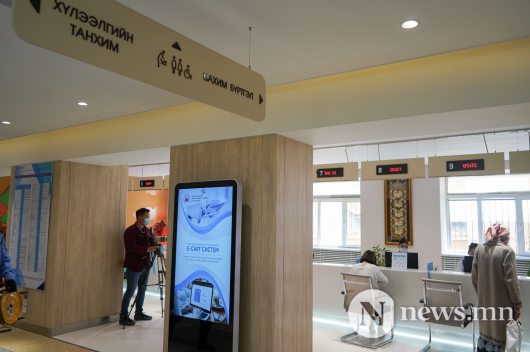IAEA staff have reviewed Mongolia’s cancer treatment and diagnostic facilities under the Rays of Hope initiative during a visit to the country in August. The mission included on-site visits to healthcare facilities and facilitated interaction between the Korea Institute of Radiological and Medical Sciences (KIRAMS), and officials from Mongolia’s Ministry of Health, laying the foundations for future cooperation.
Discussions between the Korea Institute of Radiological and Medical Sciences, who were also part of the visit, and the Mongolia’s Ministry of Health resulted in an agreement to develop a roadmap and action plan to strengthen Mongolia’s healthcare capabilities, specifically in terms of cancer management.
Areas for collaboration include strengthening and expanding existing radiation medicine facilities, supporting the IAEA’s upcoming imPACT Review Mission to the country, and establishing a radiation emergency medical system in Mongolia. With cancer cases expected to nearly double in the next 20 years, the IAEA is committed to supporting Mongolia expand their capacities in terms of nuclear medicine, nuclear physics and radiation oncology through existing and planned technical cooperation projects, and through support for partnerships.
The mission’s findings will contribute to Mongolia’s comprehensive blueprint for the establishment of a second National Cancer Center (NCC2) – following further studies – and the construction of a new, technologically advanced building for cancer therapy at the First State Hospital. These plans are particularly significant as they align with Mongolia’s broader healthcare strategy and Vision 2050 plan, and are expected to serve as a model for future cancer care projects in the region. Moreover, the mission serves as a scalable model for similar healthcare initiatives across the Asia and the Pacific region and the world.
 3,575.44
3,575.44












Related News